INTERNATIONAL INVESTMENT
AND PORTAL
Behind these numbers lies a monetary policy that has, for the most part, struck the right balance. The State Bank of Vietnam (SBV) has maintained policy rates at historically low levels – the refinancing rate at 4.5 per cent and the discount rate at 3 per cent since mid-2023.
 (L-R) Steven Derek Brown, head of Institutional Department VPS Securities and Nguyen Canh Cuong, lecturer VNU-UEB
(L-R) Steven Derek Brown, head of Institutional Department VPS Securities and Nguyen Canh Cuong, lecturer VNU-UEB
This accommodative-to-neutral stance has allowed credit to expand almost 10 per cent on-year by June, a two-year high. Liquidity across the banking system is viewed as supportive, even as vulnerabilities in the real estate sector require close attention.
The central bank’s policy toolkit - from interest rates and reserve requirements to open market operations, foreign exchange intervention, and macroprudential guidance - has been deployed judiciously. That being said, the road ahead will be more challenging. The risks are clear: global tariffs, interest rates, commodity price shocks, volatile capital flows, and domestic asset quality issues.
One challenge is structural. Vietnam’s financial market remains bank-centric. Corporate finance is still dominated by loans from commercial banks, while capital markets remain underdeveloped. When bank credit grows nearly 10 per cent in just six months, it highlights both the dynamism of demand and the banks’ domination of the system.
Vietnam is better placed now than at any other time in history in terms of its potential to have its citizens play an active and increasingly significant role in channelling capital towards industries that will propel productivity and long-term competitiveness. The financial market is now 10.7 million share trading accounts strong, nationwide, broad and deep, and increasing in numbers every day.
The democratisation of Vietnam’s securities and capital markets is now of scale and, with appropriate incentives introduced by the government, the nation’s share investors can stand up and support the role traditionally played by banks in driving GDP growth and corporate momentum.
A mature corporate bond market is essential to reduce reliance on short-term bank lending. As noted by global index rating agencies, this requires strong disclosure standards and credible credit ratings. At the local level, regulators need to ensure robust investor protections are in place to enable investor confidence after enforcing penalties on issuers to action misuse.
A more efficient bond market would support infrastructure, manufacturing, and technology firms to access long-term financing while spreading risk across a broader investor base.
In terms of strengthening equity financing, high-growth sectors require risk capital that banks are not ordinarily designed to provide. Vietnam needs to attract more venture capital and private equity flows, while encouraging efficient state-owned enterprises to list publicly. A more dynamic stock market, anchored by good governance and transparency, would not only mobilise capital but also improve corporate discipline.
Small and medium-sized enterprises remain the backbone of Vietnam’s economy, yet beyond day-to-day credit and overdraft lines, many struggle to access business expansion finance. Expanding fintech and digital banking under a clear, secure regulatory framework can help close this gap. Doing so would allow smaller businesses to scale up, formalise operations, and contribute more effectively to value chains.
Another aspect is to develop green finance. As Vietnam pursues its net-zero commitments, the financial system must incentivise sustainable investment. Green bonds and other climate-linked instruments at attractive borrowing rates can mobilise international capital into renewable energy and sustainable agriculture, areas where Vietnam has a strong comparative advantage.
Finally, it is necessary to strengthen institutional frameworks. Coordination between fiscal and monetary authorities is crucial to ensure that credit expansion complements rather than undermines stability. Enhancing the SBV’s independence and supervisory capacity will help anchor expectations and build investor confidence.
Reform ideas are just that: they require citizen and industry support and political will to deliver. Yet, the costs of inaction are clear. Vietnam risks bottlenecks in credit allocation and an outmoded reliance on banks to deliver credit growth.
The SBV’s most likely path in late 2025 - a neutral to slightly tighter monetary stance, with macroprudential measures targeted at high-risk sectors - is the right short-term response. But monetary fine-tuning can be complimented, by infusing a reform agenda to transform Vietnam’s financial system from a bank-dominated structure into a diversified, resilient, and forward-looking market. In our view, this is very deliverable.
Vietnam has already proven its ability to deliver growth, contain inflation, and stabilise its currency in turbulent global conditions. The next test is to ensure that financial markets serve as a catalyst rather than a constraint. Expanding the breadth and depth of the market, while directing capital to efficient, high-impact industries, will allow Vietnam to sustain rapid growth, create high-quality jobs, and strengthen resilience in the face of global shocks.



















